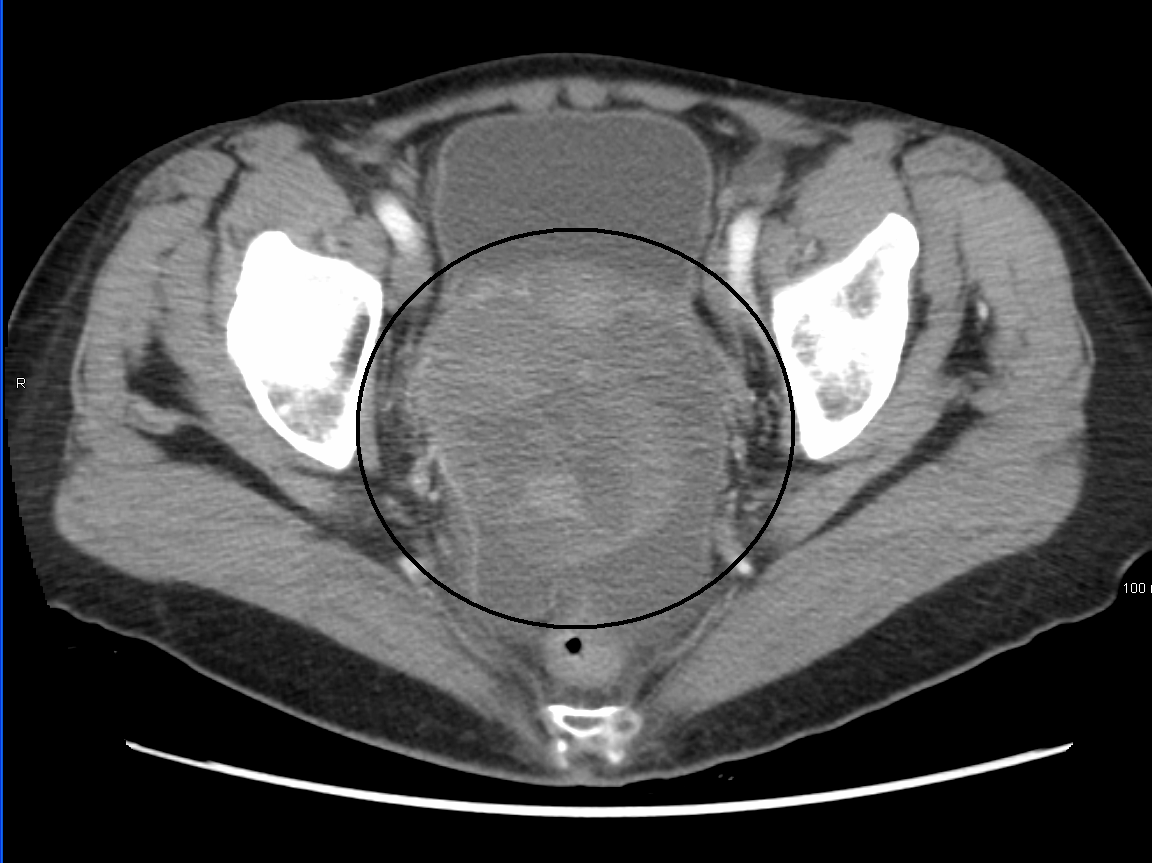Chinese researchers have developed a robust and generalisable multi-criteria decision making-based classification fusion (MCF) risk prediction framework based on laboratory tests to predict ovarian cancer – a highly lethal gynaecological cancer.
In China, the study published in The Lancet Digital Health highlighted, less than 48% of patients are diagnosed in early stages (I and II), contributing to a five-year survival rate of approximately 40%.
The study found that the MCF model consistently achieved satisfactory performance in ovarian cancer prediction when using lab tests from three validation sets: a Tongji Hospital training set with a cohort of 3,007 participants; a Women’s Hospital, Zhejiang University, cohort with 5,641 participants; and a Sun Yat-sen University Cancer Center cohort with 2,344 participants. The median age at diagnosis of ovarian cancer was 51–56 years in the three cohorts, representative for Chinese people and other Asians.
The model offers a low-cost, easily accessible, and accurate diagnostic tool for ovarian cancer, made publicly available to help clinicians estimate probability of ovarian cancer with input laboratory test values. In particular, it can assist in routine health examinations or primary medical facilities with limited clinical experience in gynaecological oncology.
The study was funded by the Ministry of Science and Technology of China; National Natural Science Foundation of China; Natural Science Foundation of Guangdong Province, China; and Science and Technology Project of Guangzhou, China.
